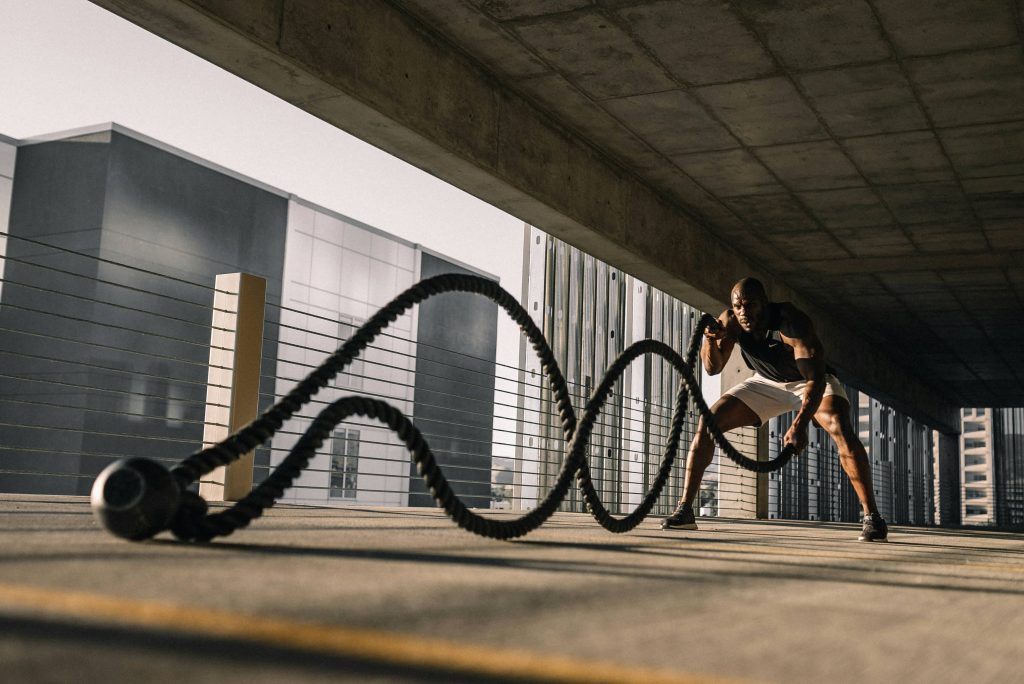Beginner’s Guide to Functional Fitness
Posted on November 4th, 2025 by Andries Lodder

What is Functional Fitness?
Functional fitness is all about training your body to handle everyday movements more effectively. Instead of focusing only on aesthetics or isolated muscle strength, it builds strength, stability, and mobility that transfer into real-life activities – whether that’s carrying groceries, climbing stairs, playing sport, or simply getting up from the floor with ease.
At its core, functional fitness uses multi-joint, compound movements that mimic the way we naturally move in daily life.
Why is it Important?
- Reduces Injury Risk – Strong, stable joints protect you during sudden movements.
- Improves Daily Performance – Everyday tasks feel easier when your muscles and nervous system are trained to work together.
- Enhances Mobility & Balance – Essential for long-term independence and athletic performance.
- Builds Strength that Transfers – Unlike machine-based isolation, functional training develops usable strength across multiple planes of motion.
Whether you’re a beginner, weekend warrior, or athlete, functional fitness helps you move better, not just more.
Examples of Functional Exercises
1. Squat to Press (Thruster)
- Works legs, glutes, core, and shoulders.
- Mimics sitting and standing with added load overhead.
2. Deadlift (Hip Hinge Pattern)
- Builds posterior chain strength (hamstrings, glutes, back).
- Improves ability to lift objects safely from the ground.
3. Step-Ups
- Great for balance, coordination, and single-leg strength.
- Translates directly to stair climbing or hiking.
4. Push-Ups
- Full-body integration of chest, shoulders, triceps, and core.
- Develops pushing strength for everyday tasks.
5. Farmer’s Carry
- Walk while holding dumbbells or kettlebells.
- Builds grip, posture, and total-body stability – similar to carrying shopping bags.
6. Rotational Core Work (e.g. Medicine Ball Rotations)
- Trains twisting movements essential in sports and daily life.
Getting Started
- Begin with bodyweight to master movement patterns.
- Focus on quality of movement over load.
- Train 2–3 times per week, including pushing, pulling, hinging, squatting, rotating, and carrying movements.
- Progress gradually – add resistance, increase reps, or try new variations.
Conclusion
Functional fitness is not about doing flashy gym moves, it is about building strength and resilience that make life outside the gym easier, safer, and more enjoyable. Contact us to start your functional fitness training today!
Tweet